![]()
![]()
![]()
Use LEFT and RIGHT arrow keys to navigate between flashcards;
Use UP and DOWN arrow keys to flip the card;
H to show hint;
A reads text to speech;
49 Cards in this Set
- Front
- Back
|
Indus Valley Civilizations
|
Harappan:
-difficulty learning about them because artifacts are below the water table. -system of writing that's difficult to decipher |
|
|
Aryans
|
-indo-european people that migrated and mixed with native dravidian people of the indus valley.
-not necessarily a military conquest. more likely just small scale migrations. -clashed with dravidians. -preserved the Vedas by transmitting them orally through generations -originally pastoral nomadic people -well defined hierarchy (born into it). became basis for caste system. -worshipped indra |
|
|
Indo-European
|
-migrated to the indus river valley
-moved in small migrations -not necessarily a military occupation -clashed with native people -migrated from the steppes of eastern europe |
|
|
Varna
|
-four varnas.
(four caste system ranks) -sanskrit word for color that refers to the social classes -brahmins, kshatriya, vaishyas, shudras |
|
|
Mahavira
|
founder of jainism.
jainism was inspired by the upanishads. believed that everything in the universe had a soul. practiced ahimsa- nonviolence towards other beings. didn't recognize social classes. lived ascetic life. starved himself to death. |
|
|
Karma
|
specific incarnations that a soul experienced.
the soul moves upwards in castes if the person has lived a life that was good. important because it was used by upperclass people to justify the social hierarchy and impose it. |
|
|
Rig Veda
|
tells us a lot about aryan culture.
veda=knowledge rig=praise collection of hymns. |
|
|
Ashoka
|
started the mauryan dynasty.
was involved in a very bloody conflict with the people of Kalinga. had a life turn around and converted to buddhism. helped spread buddhism and encouraged its practice. wrote his edicts on pillars and natural rocks. |
|
|
Atman
|
the core of a person. essentially their soul or their essence. the atman of an individual is a part of the greater atman that is everything.
|
|
|
Ahimsa
|
a principle of indian religions. nonviolence towards living things. all living beings have divine energy, so to hurt another is to hurt oneself. lots of people are vegetarian in the indian religions because of this.
|
|
|
Soma
|
aryan people did drugs to alter perceptions and have godly experiences.
was a god that was also a hallucinogenic. the god indra took soma before doing battle with the dragon in the clouds to get the water back. |
|
|
Four Noble Truths
|
the truth of suffering.
the truth of the cessation of suffering. the truth of the cause of suffering. the truth of the path out of suffering. (follow eightfold path) |
|
|
Eight-Fold Path
|
the way to end suffering.
right speech, right conduct, right means of livelihood, right mindfulness, right meditation, right belief, right aspiration. |
|
|
Mohenjo-Daro
|
indus valley civilization.
showed evidence of urban living and planning on a grand, standardized scale. had plumbing systems. |
|
|
Qin Dynasty
|
adopted legalist policies.
established centralized imperial rule. connected and extended the great wall of china. standardization of weights and scripts. |
|
|
Tao
|
a
|
|
|
Mandate of Heaven
|
the right to rule.
zhou dynasty needed to justify the overthrow ruler was the son of heaven mandate of heaven only given to virtuous rulers. |
|
|
Han Fei
|
synthesized legalist ideas into essays.
most important legalist theorist. wrote about the rectification of names. |
|
|
The Two Handles
|
under legalism only king could dispense both reward and punishment.
similar to how a parent and child relationship was. it worked because the roles in society were outlined so specifically. |
|
|
yin and yang
|
yin is the shadow. yang is the brightness.
yang is masculine. yin is feminine. used to describe the interconnected forces of the universe. |
|
|
zhou
|
dyansty that overthrew the shang dynasty.
decentralized administration. |
|
|
lord shang
|
minister of one of the small states that challenged the zhou.
his state fully adopted legalist ideas. |
|
|
oracle bones
|
used oracle bones to ask questions about the gods, etc.
this helped push writing because they'd record their observations on the oracle bones. they'd write a question on them then the cracks that the heat caused would be interpreted as an answer. |
|
|
five classics
|
the five classics became the basis of education for confucian scholars.
The book of history, the spring and autumn annals, the book of rites, the book of songs, the book of changes, and then there is a book of music, not really incorporated. |
|
|
confucius
|
chinese educator and political advisor whose teachings were compiled by his disciples.
his writings were largely practical. (how to restore social and moral order) wanted to form jungzi, or superior individuals. |
|
|
legalism
|
doctrine of practical and efficient statecraft.
wasn't about ethics and morality/ not popular among the chinese, but practical. discouraged arts, etc. believed a states focus should be its military and its agricultural output. |
|
|
Five relationships
|
• these are the hierarchies that should govern and produce harmony
• one needs to learn and behave in accordance with ones status • have respect for those above one |
|
|
olmecs
|
meso-american society.
pyramids. social hierarchy with kings and elites. they had iconographic architecture. olmec heads with basalt rocks that supposedly represent rulers. |
|
|
kush
|
egyptianized people who weren't egyptian.
used same alphabet egyptians couldn't control the area. thriving trade industry because of point on the nile. nubians. |
|
|
hegemony
|
control through coercion and consent.
|
|
|
meroe
|
was the capital of the kingdom of kush.
|
|
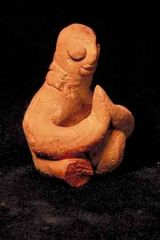
male figure in yogic posture
|
a
|
|
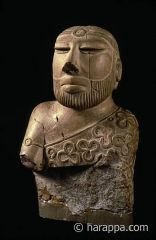
portrait of a priest
|
a
|
|

young dancer
|
a
|
|
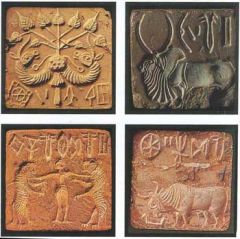
animal seals
|
a
|
|

ashoka's edict
|
a
|
|
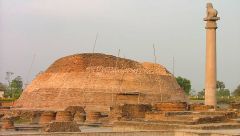
mauryan pillar
|
a
|
|
|
lion capital pillar
|
a
|
|
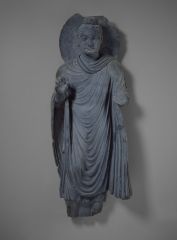
standing sakyamuni
|
a
|
|
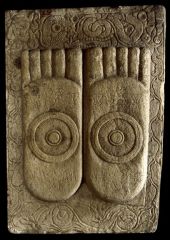
buddha's footprints (buddhapada)
|
a
|
|

two couples worshipping triratna throne with buddhapada (footprints of the buddha)
|
relief carving.
|
|
|
elephant shaped huo
|
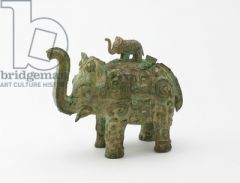
a
|
|
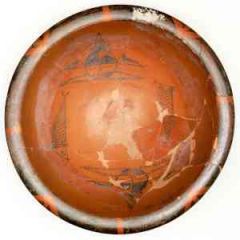
bowl with human head and fish designs
|
a
|
|

bronze and jade axe (Ko)
|
a
|
|
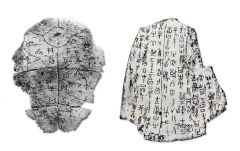
oracle bone
|
a
|
|
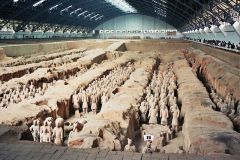
life-size soldiers
|
a
|
|
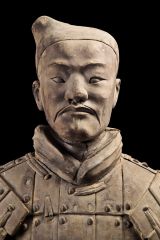
tomb of chi'in shih-huang-ti: infantryman's head
|
a
|
|
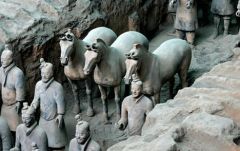
tomb of chi'in shah-huang-ti: standing soldiers and horses
|
a
|
|
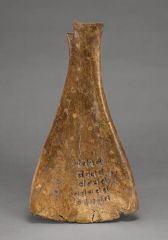
ox scapulae used for oracle taking
|
a
|

